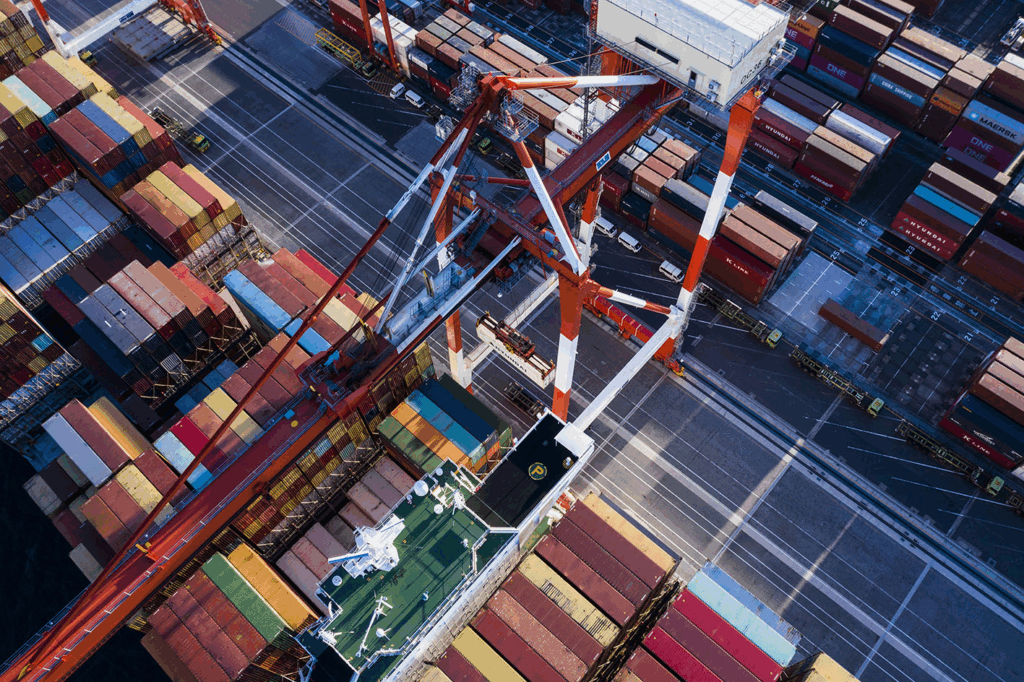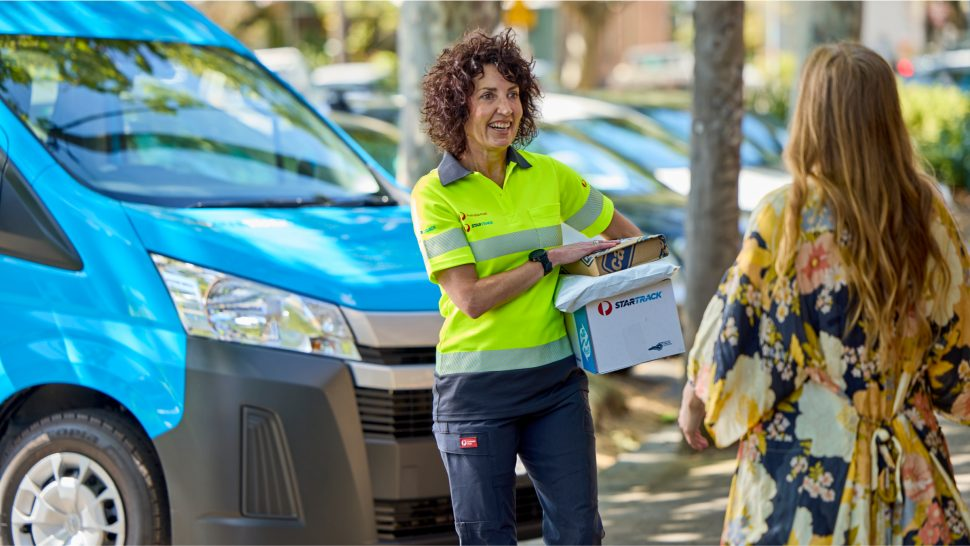Global Logistics Track Platform vs Courier-Specific Tracking: What’s the Difference?
Not all tracking systems are created equal when tracking international shipments. Some businesses rely on courier-specific tracking, while others use global logistics tracking platforms. But what is the difference between the two, and which is better for e-commerce and international shipping?
In this article, we’ll explain the key differences between a global logistics track platform and courier-specific tracking, so you can decide which solution is right for your business.

1. What Is Courier-Specific Tracking?
Courier-specific tracking refers to the tracking services provided by individual shipping carriers. Examples include:
- UPS Tracking
- FedEx Tracking
- DHL Express Tracking
- China Post Tracking
When you ship with a particular courier, they assign a tracking number that can only be used on their website or system. You get real-time updates, estimated delivery dates, and status changes—but only as long as the package stays within that courier’s network.
Pros of Courier-Specific Tracking
- Direct source: Updates come straight from the carrier.
- Reliable: Trusted for domestic and short-route deliveries.
- Real-time: Fast scanning updates within the carrier’s infrastructure.
Cons of Courier-Specific Tracking
- Limited scope: Once the package switches to another courier (e.g. in another country), tracking may stop or become unclear.
- No aggregation: You need to check different courier sites if you’re using multiple services.
- No global visibility: Doesn’t show the full picture for international, multi-leg shipping.
2. What Is a Global Logistics Track Platform?

A global logistics tracking platform integrates tracking information from multiple couriers, shipping partners, and fulfillment networks worldwide. Instead of relying on one courier’s system, it collects data from many sources to provide a full, end-to-end view of the shipment journey.
Platforms like PostalParcel allow ecommerce sellers and customers to track shipments from multiple couriers in one place. They also offer added features like:
- Shipment milestones
- Customs clearance status
- Cross-border handover updates
- Multi-language notifications
- Branded tracking pages
Pros of Global Logistics Track Platforms
- Full visibility: From origin to destination, including customs and handoffs.
- Multi-courier support: Ideal for cross-border ecommerce and hybrid logistics.
- Better user experience: Centralized, branded, and mobile-friendly tracking.
- Automation and integration: Can connect with ecommerce platforms and CRMs.
Cons of Global Logistics Track Platforms
- Data delay (in some cases): Updates may be a few minutes slower due to aggregation.
- Not every local courier supported: Some niche couriers may not be in the system.
- Dependent on carrier scans: If the courier doesn’t scan, the platform can’t track.
3. Key Differences at a Glance
| Feature | Courier-Specific Tracking | Global Logistics Track Platform |
|---|---|---|
| Coverage | One courier only | Multiple couriers, global |
| Visibility | Limited to one network | End-to-end tracking |
| Integration | Manual | API, ecommerce plugins |
| User Experience | Basic | Branded, customizable |
| Ideal Use Case | Domestic or single-carrier shipping | Cross-border, multi-carrier logistics |
4. When to Use a Global Logistics Track Platform for Cross-Border Shipping

It is better to ship internationally if your business works with multiple couriers. It reduces confusion, improves customer communication, and gives you full control over logistics data.
You should consider a global logistics platform if:
- You sell through multiple ecommerce channels (e.g., Shopify, WooCommerce)
- You ship to multiple countries using different couriers
- You want to give customers a consistent, branded tracking experience
- You need better visibility over customs status and delivery delays
- You want to automate shipping updates and alerts
Platforms like PostalParcel are designed specifically for this kind of global visibility. They help ecommerce sellers centralize their logistics, improve customer service, and reduce support tickets.
5. When Is Courier-Specific Tracking Enough?

Courier-specific tracking is still useful—especially for domestic shipping or businesses that only use one logistics partner.
You can stick with courier-specific tracking if:
- You only ship within one country
- You use one trusted courier for all deliveries
- Your customers are used to visiting the courier’s website
- You don’t need advanced features like branded pages or API integration
However, as soon as you scale to multiple countries or add more couriers to your shipping options, the limitations of single-courier tracking will show.
Conclusion
Ultimately, the difference between a global logistics track platform and courier-specific tracking comes from flexibility, coverage, and control.
If you’re running a global ecommerce business, relying solely on courier-specific tracking may not be enough. A platform like PostalParcel can give you the visibility and reliability you need to manage cross-border logistics smoothly and efficiently.
Make the switch to a smarter tracking solution today—and give your customers the experience they deserve, no matter where in the world they are.
Industry Insights
news via inbox
Nulla turp dis cursus. Integer liberos euismod pretium faucibua








